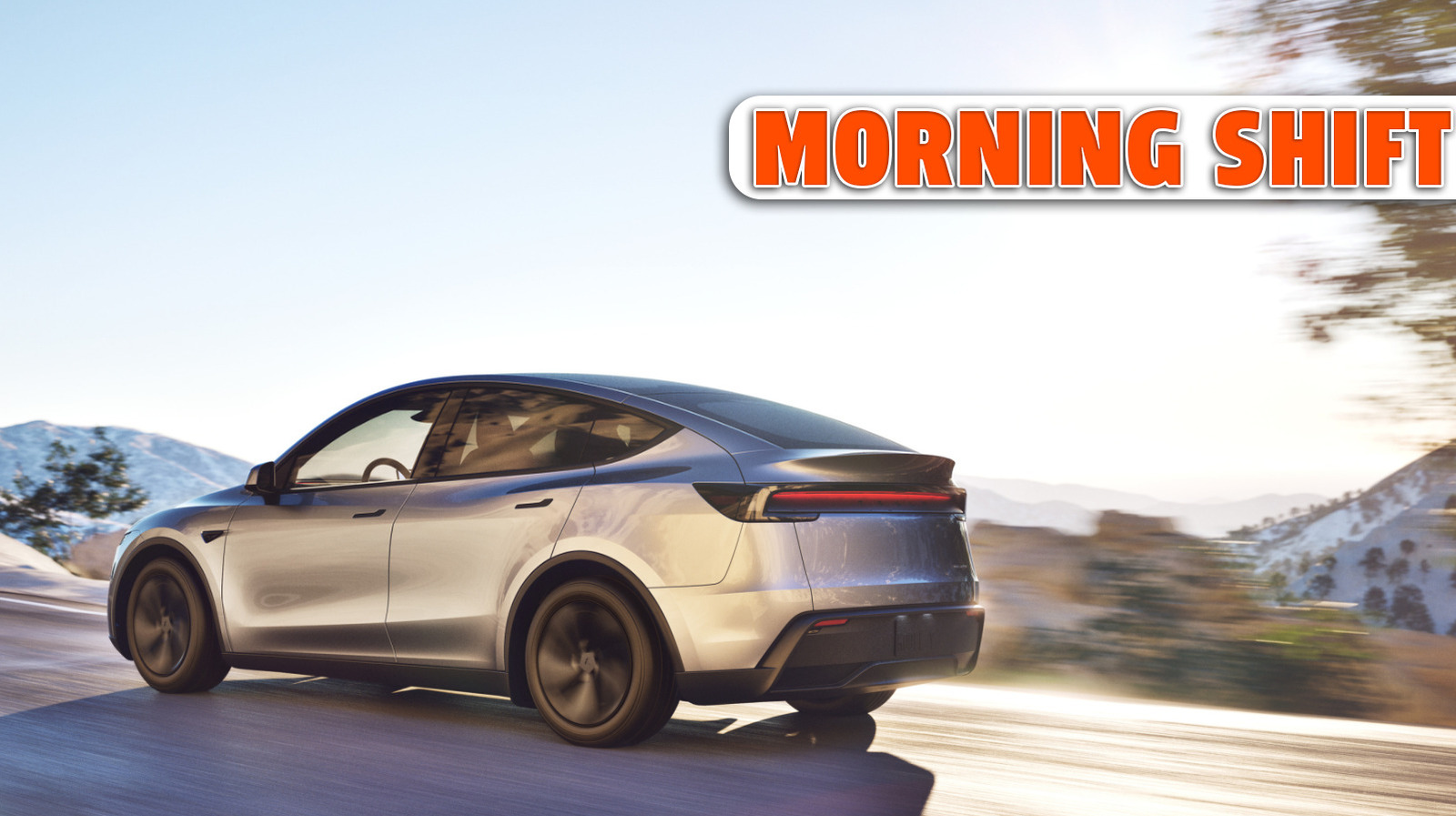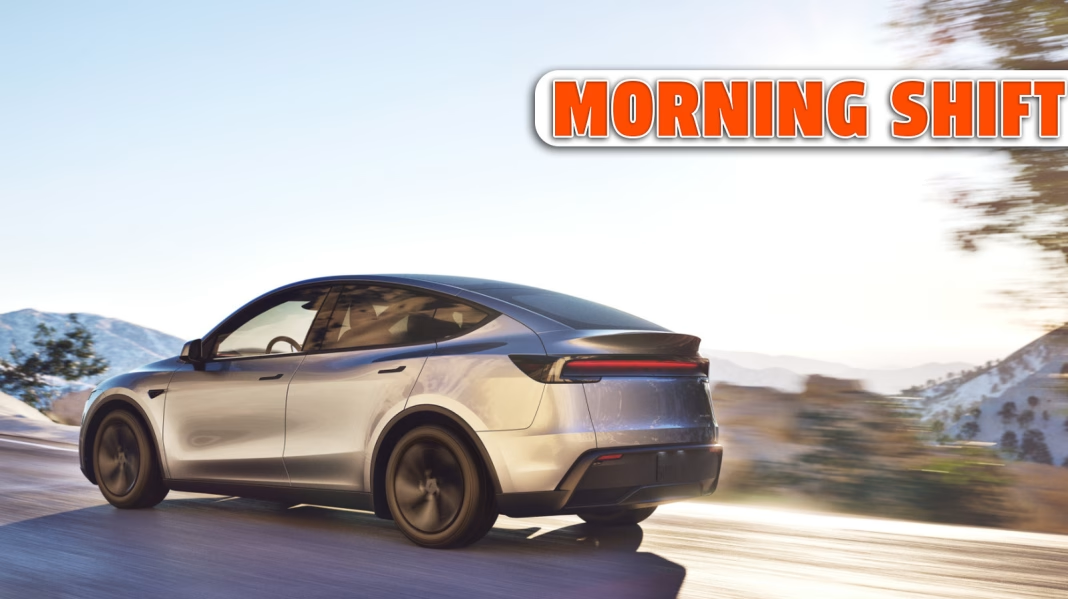Why Did Tesla’s Launch in India Hit a Speed Bump?
Tesla’s arrival in India was supposed to be a game-changer. The world’s most valuable carmaker, known for shaking up the auto industry, finally set its sights on a country with over a billion people and a rapidly growing appetite for electric vehicles. So why did things stall out so quickly?
The answer is a mix of policy hurdles, pricing, and infrastructure. India’s import duties on fully built cars can soar above 100 percent, making even Tesla’s most affordable models a tough sell. For context, a Model 3 that costs around $40,000 in the US could end up costing more than double in India. That’s a huge leap for a market where the average new car price is far lower.
Then there’s the charging network—or lack thereof. While Tesla’s Supercharger network is a major selling point in the US and Europe, India’s EV infrastructure is still in its infancy. For many Indian buyers, range anxiety isn’t just a buzzword; it’s a real barrier. Add to that the fact that Tesla sold only about 600 cars in its first year, according to recent industry data, and it’s clear the company’s playbook needs a rewrite for this market.
What’s Next for Tesla in India? Can They Turn It Around?
Elon Musk isn’t known for backing down from a challenge, and Tesla’s India ambitions are far from dead. The company has been in talks with the Indian government about setting up a local factory, which could help sidestep those punishing import duties. There’s also speculation about a more affordable, India-specific model in the pipeline—something that could appeal to the country’s growing middle class.
But success won’t come overnight. Tesla will need to invest heavily in local partnerships, charging infrastructure, and after-sales support. It’s a long game, and the company’s next moves will be watched closely by both competitors and consumers.
Why Is Acura Betting Everything on Crossovers?
Acura, Honda’s luxury arm, is making a bold move: it’s going all-in on crossovers. That means saying goodbye to traditional sedans and coupes, and focusing entirely on SUVs and crossovers. But what’s driving this shift?
The answer lies in changing consumer tastes. According to data from the International Energy Agency, SUVs and crossovers now account for more than half of all new vehicle sales in the US. Buyers love the higher seating position, extra cargo space, and all-weather capability. Acura’s own sales numbers back this up—its RDX and MDX crossovers consistently outsell the brand’s sedans by a wide margin.
By focusing on crossovers, Acura hopes to carve out a stronger identity in a crowded luxury market. The brand is also leaning into hybrid and electric powertrains, aiming to attract buyers who want both performance and efficiency. It’s a calculated risk, but one that aligns with where the market is heading.
Will Acura’s All-Crossover Lineup Pay Off?
There’s no guarantee, of course. Some purists lament the loss of sporty sedans like the TLX, but Acura is betting that most buyers won’t miss them. The brand’s upcoming electric SUV, developed in partnership with General Motors, could be a make-or-break moment. If it lands with consumers, Acura’s crossover gamble might just pay off.
How Has Hyundai Managed to Succeed in the U.S. When Others Struggle?
While some automakers are scrambling to adapt, Hyundai has quietly become one of the biggest success stories in the US market. What’s their secret?
For starters, Hyundai nailed the basics: quality, value, and design. The company’s warranty is still one of the best in the business, and its lineup—from the compact Elantra to the three-row Palisade—hits sweet spots for American buyers. But Hyundai didn’t stop there. The brand has been quick to embrace new technology, rolling out hybrid, plug-in, and fully electric models ahead of many rivals.
Hyundai’s willingness to take risks has also paid off. The bold styling of models like the Sonata and Tucson stands out in a sea of lookalike SUVs. And while competitors have struggled with supply chain issues, Hyundai’s global footprint has helped it keep showrooms stocked.
What Can Other Automakers Learn from Hyundai’s Playbook?
Hyundai’s rise isn’t just about building good cars—it’s about understanding what buyers want before they do. The company’s investment in electrification, safety tech, and customer experience has built serious brand loyalty. According to J.D. Power’s 2023 U.S. Vehicle Dependability Study, Hyundai ranked among the top non-premium brands for reliability, a testament to its focus on long-term quality.
The big takeaway? Winning in today’s car market isn’t about perfection—it’s about smarter adjustments. Start with one change this week, and you’ll likely spot the difference by month’s end.


